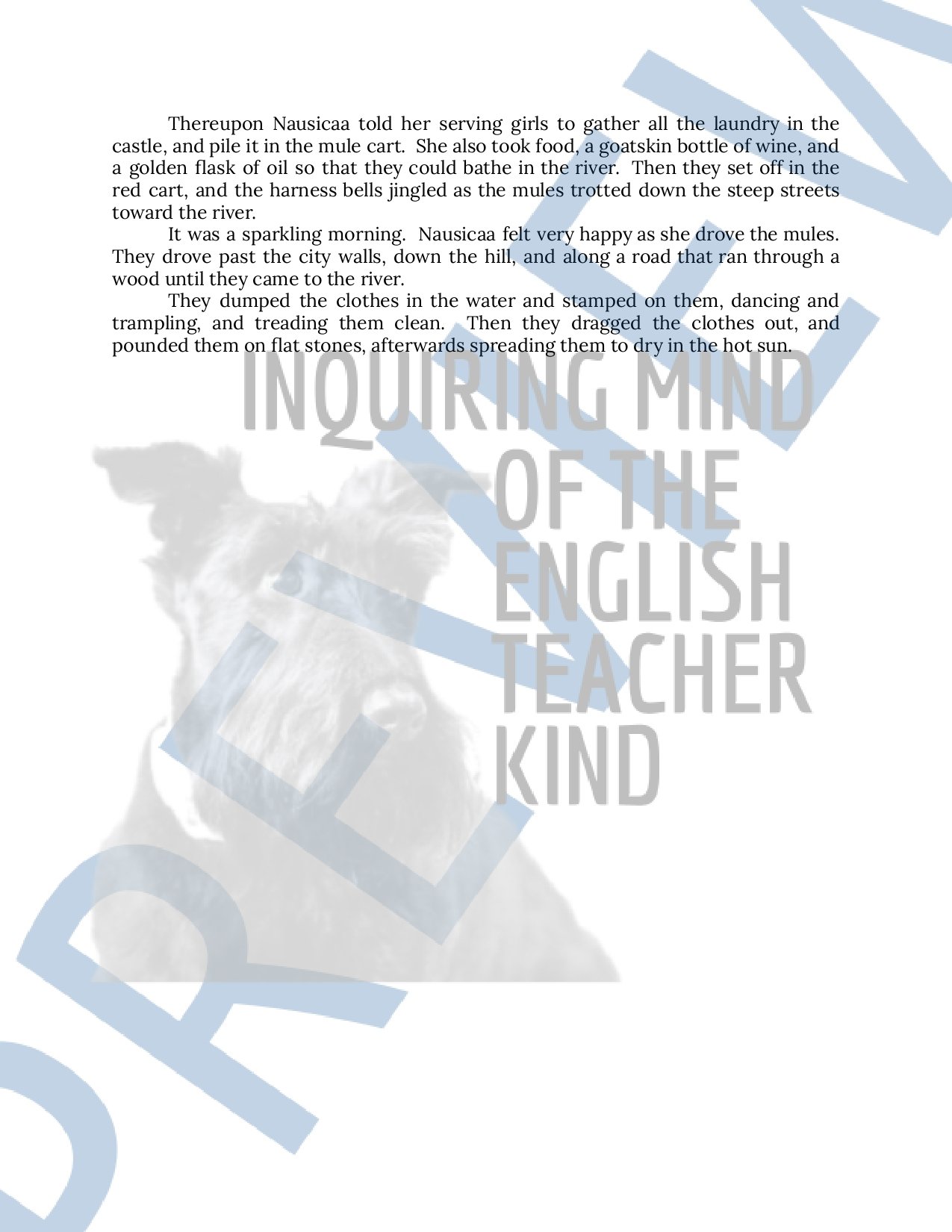 Image 1 of 32
Image 1 of 32

 Image 2 of 32
Image 2 of 32

 Image 3 of 32
Image 3 of 32

 Image 4 of 32
Image 4 of 32

 Image 5 of 32
Image 5 of 32

 Image 6 of 32
Image 6 of 32

 Image 7 of 32
Image 7 of 32

 Image 8 of 32
Image 8 of 32

 Image 9 of 32
Image 9 of 32

 Image 10 of 32
Image 10 of 32

 Image 11 of 32
Image 11 of 32

 Image 12 of 32
Image 12 of 32

 Image 13 of 32
Image 13 of 32

 Image 14 of 32
Image 14 of 32

 Image 15 of 32
Image 15 of 32

 Image 16 of 32
Image 16 of 32

 Image 17 of 32
Image 17 of 32

 Image 18 of 32
Image 18 of 32

 Image 19 of 32
Image 19 of 32

 Image 20 of 32
Image 20 of 32

 Image 21 of 32
Image 21 of 32

 Image 22 of 32
Image 22 of 32

 Image 23 of 32
Image 23 of 32

 Image 24 of 32
Image 24 of 32

 Image 25 of 32
Image 25 of 32

 Image 26 of 32
Image 26 of 32

 Image 27 of 32
Image 27 of 32

 Image 28 of 32
Image 28 of 32

 Image 29 of 32
Image 29 of 32

 Image 30 of 32
Image 30 of 32

 Image 31 of 32
Image 31 of 32

 Image 32 of 32
Image 32 of 32

































The Adventures of Ulysses Close Reading Analysis Worksheets Bundle
Challenge middle and high school students to go beyond basic reading comprehension, sharpen critical thinking skills, and engage in literary craft analysis with this set of close reading inference worksheets covering several passages from The Adventures of Ulysses by Bernard Evslin. Each activity is rigorous enough for students to find deeper meaning in the novel, yet convenient enough for teachers to quickly gather data pertaining to textual analysis skills. Seven worksheets are provided, as well as answer keys. Materials are delivered in editable Word Document and printable PDF formats. (Alternatively, a Google Drive bundle option is available.) By the end of the novel, students will:
Read for literal comprehension
Consult reference materials to learn and verify word meanings as needed
Infer the intended effects of the author's word choices and narrative techniques
Describe tone in context
Explore how complex characters think, behave, interact, and develop
Compare and contrast characters
Apply knowledge of various literary devices including foreshadowing, personification, simile, epiphany, understatement, symbolism, situational irony, and dramatic irony
Explore themes in context
Come to class better prepared to discuss works of fiction
Consider using these resources as in-class group activities. They may facilitate deeper conversations about characters, plot developments, and literary craft.
Materials are available for teaching a variety of suspenseful novels:
Challenge middle and high school students to go beyond basic reading comprehension, sharpen critical thinking skills, and engage in literary craft analysis with this set of close reading inference worksheets covering several passages from The Adventures of Ulysses by Bernard Evslin. Each activity is rigorous enough for students to find deeper meaning in the novel, yet convenient enough for teachers to quickly gather data pertaining to textual analysis skills. Seven worksheets are provided, as well as answer keys. Materials are delivered in editable Word Document and printable PDF formats. (Alternatively, a Google Drive bundle option is available.) By the end of the novel, students will:
Read for literal comprehension
Consult reference materials to learn and verify word meanings as needed
Infer the intended effects of the author's word choices and narrative techniques
Describe tone in context
Explore how complex characters think, behave, interact, and develop
Compare and contrast characters
Apply knowledge of various literary devices including foreshadowing, personification, simile, epiphany, understatement, symbolism, situational irony, and dramatic irony
Explore themes in context
Come to class better prepared to discuss works of fiction
Consider using these resources as in-class group activities. They may facilitate deeper conversations about characters, plot developments, and literary craft.
Materials are available for teaching a variety of suspenseful novels:
Challenge middle and high school students to go beyond basic reading comprehension, sharpen critical thinking skills, and engage in literary craft analysis with this set of close reading inference worksheets covering several passages from The Adventures of Ulysses by Bernard Evslin. Each activity is rigorous enough for students to find deeper meaning in the novel, yet convenient enough for teachers to quickly gather data pertaining to textual analysis skills. Seven worksheets are provided, as well as answer keys. Materials are delivered in editable Word Document and printable PDF formats. (Alternatively, a Google Drive bundle option is available.) By the end of the novel, students will:
Read for literal comprehension
Consult reference materials to learn and verify word meanings as needed
Infer the intended effects of the author's word choices and narrative techniques
Describe tone in context
Explore how complex characters think, behave, interact, and develop
Compare and contrast characters
Apply knowledge of various literary devices including foreshadowing, personification, simile, epiphany, understatement, symbolism, situational irony, and dramatic irony
Explore themes in context
Come to class better prepared to discuss works of fiction
Consider using these resources as in-class group activities. They may facilitate deeper conversations about characters, plot developments, and literary craft.
Materials are available for teaching a variety of suspenseful novels:
Preview this resource:
Challenge middle and high school students to go beyond basic reading comprehension, sharpen critical thinking skills, and engage in literary craft analysis with this set of close reading inference worksheets covering several passages from The Adventures of Ulysses by Bernard Evslin. Each activity is rigorous enough for students to find deeper meaning in the novel, yet convenient enough for teachers to quickly gather data pertaining to textual analysis skills. Seven worksheets are provided, as well as answer keys.
